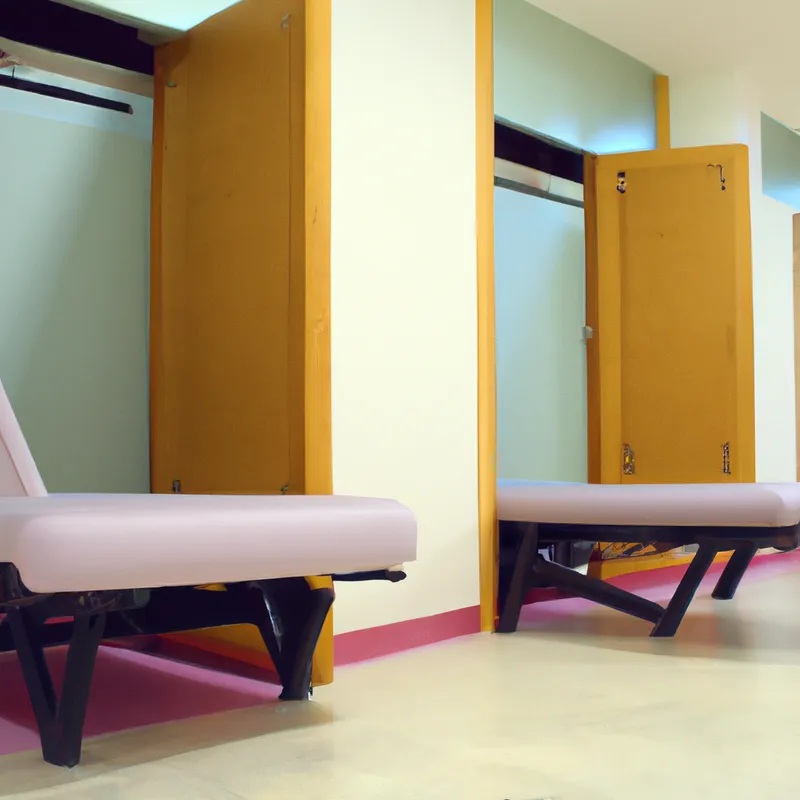Optimize Healing: Integrate Contrast Therapy Approaches
Combining Contrast Therapy with Other Recovery Modalities
Athletes and fitness enthusiasts seek effective recovery methods to enhance performance and reduce downtime. Contrast therapy, which alternates between hot and cold treatments, has gained popularity. This method boosts blood flow, reduces muscle soreness, and speeds up recovery. You can amplify its benefits by integrating it with other recovery techniques. This post explores how to combine them for optimal results.
Understanding Contrast Therapy
Contrast therapy involves alternating hot and cold temperatures to stimulate blood flow. Start with a hot treatment, like a warm bath or sauna, then follow with a cold treatment, such as ice packs. This temperature shift encourages blood vessels to dilate and constrict, enhancing circulation.
The Benefits of Contrast Therapy
Many athletes utilize contrast therapy for recovery, and its benefits are well-documented. Heat relaxes muscles, reduces stiffness, and increases connective tissue elasticity. This warming effect promotes endorphin release, alleviating pain.
Cold exposure from ice or cold immersion reduces inflammation, numbs soreness, and slows metabolic processes in muscle tissues. Together, these effects foster a more effective recovery, allowing athletes to train harder and more frequently.
Combining Contrast Therapy with Other Modalities
You can blend contrast therapy with various recovery methods for optimal results. Here are some effective tips.
1. Pair with Stretching
Stretching plays a vital role in recovery. After contrast therapy, perform gentle static or dynamic stretches. This practice maintains flexibility and reduces stiffness. The heat aspect prepares your muscles for deeper, more effective stretches.
Target major muscle groups you worked during training. Hold each stretch for 15 to 30 seconds and focus on your breathing to enhance relaxation.
2. Integrate Foam Rolling
Foam rolling significantly enhances muscle recovery. After contrast therapy, use a foam roller on sore areas. This technique releases muscle tension, improves circulation, and speeds up damaged tissue recovery.
Focus on areas with tightness, like quads, hamstrings, calves, and back. Spend about 1-2 minutes on each muscle group, rolling slowly to help your body adapt to the pressure.
3. Use Massage Therapy
Massage therapy complements contrast therapy well. After your treatments, schedule a massage. A professional therapist can target specific tight areas and enhance relaxation.
Conclusion
In summary, combining contrast therapy with stretching, foam rolling, and massage therapy can optimize recovery and improve athletic performance.
Below are related products based on this post:
FAQ
What is contrast therapy and how does it work?
Contrast therapy involves alternating between hot and cold treatments to stimulate blood flow. It begins with a hot treatment, such as a warm bath or sauna, followed by a cold treatment like ice packs. This process encourages blood vessels to dilate and constrict, enhancing circulation and promoting recovery.
What are the benefits of combining contrast therapy with other recovery methods?
Combining contrast therapy with other recovery methods, such as stretching, foam rolling, and massage therapy, can optimize recovery. The heat from contrast therapy relaxes muscles, while the cold exposure reduces inflammation and soreness. This synergy enhances overall recovery, allowing athletes to train harder and more frequently.
How should I incorporate stretching or foam rolling after contrast therapy?
After contrast therapy, it’s beneficial to perform gentle static or dynamic stretches to maintain flexibility and reduce stiffness. You can also use a foam roller on sore areas to release muscle tension and improve circulation. Focus on major muscle groups worked during training, spending about 1-2 minutes on each area while rolling slowly to adapt to the pressure.















Post Comment